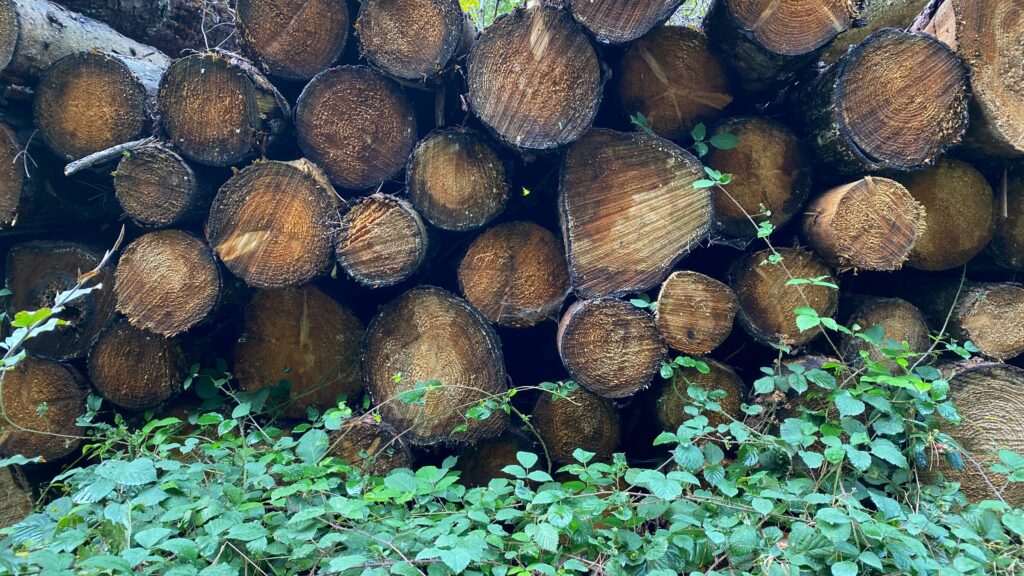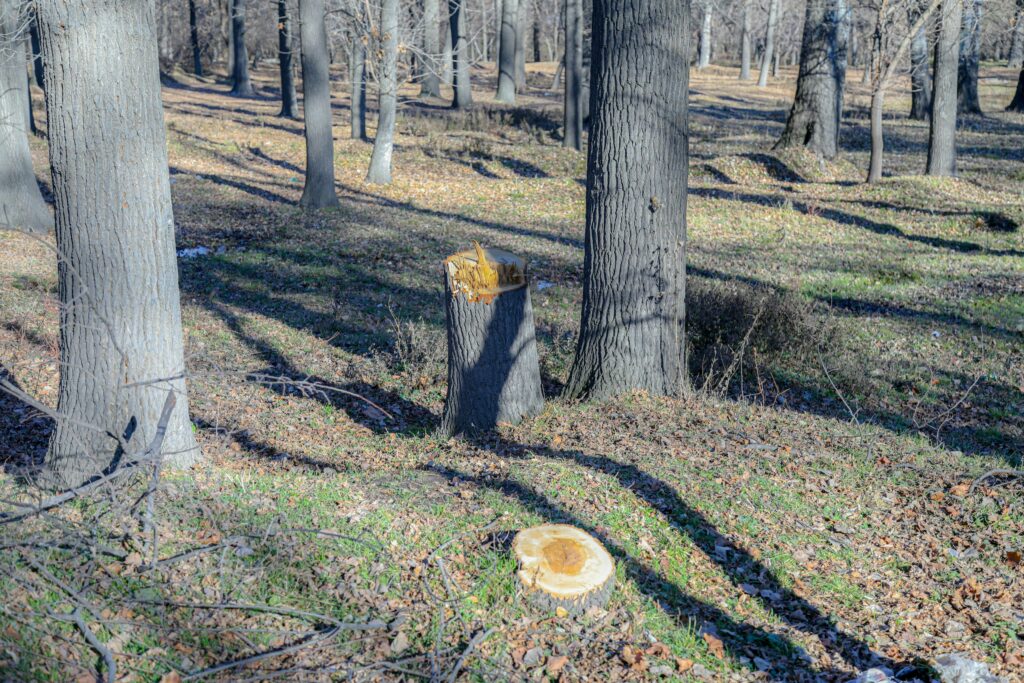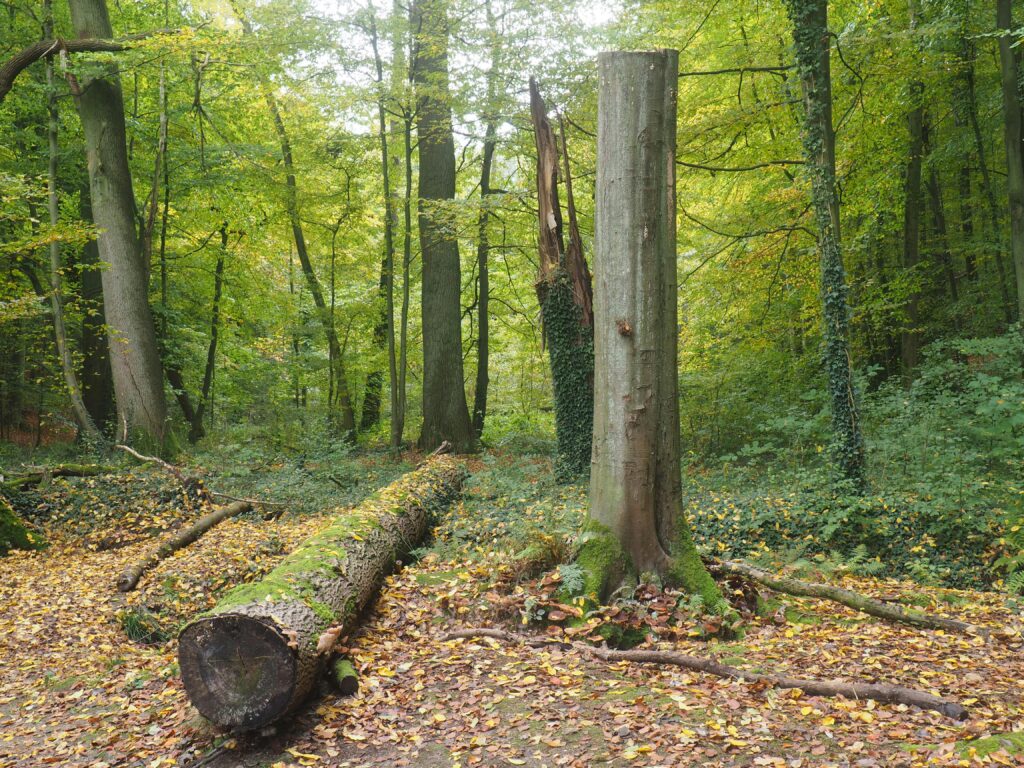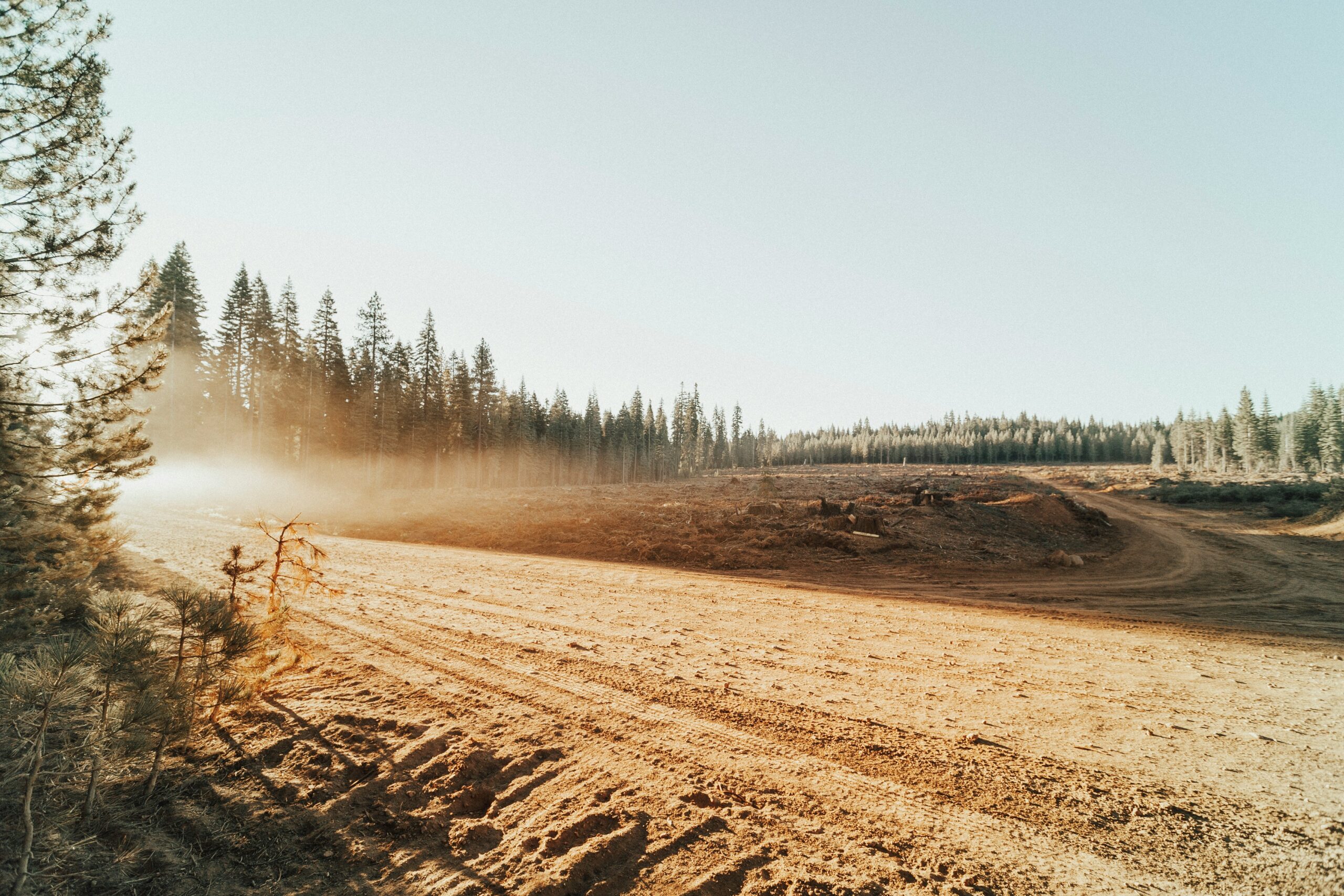Forests cover roughly a third of Earth’s land area, shaping the air we breathe, the rain that falls, and the food systems that sustain us. Yet every year, millions of hectares of forest disappear. Some losses are slow and quiet, others happen in bursts of flames or bulldozer tracks. When you start looking at the numbers and the human stories behind them, deforestation becomes more than an environmental issue – it’s an economic, political, and moral one.
This article takes a closer look at what’s driving deforestation, who it affects, and what’s being done about it. The facts below are drawn from leading organizations like Conservation International, Global Forest Watch, the FAO, and recent analyses by sustainability experts.
1. The world lost over 6 million hectares of forest in 2023
Each year, the world clears land equal to an entire country. In 2023 alone, about 6.4 million hectares of forests vanished – roughly the size of Latvia. This figure doesn’t even count forests that were degraded but not entirely destroyed.
If you visualize it, that’s nearly 10 football fields of forest gone every minute, 24 hours a day, all year long. Some of that land is turned into pasture or farmland, some into mining zones or roads.
The pace of destruction varies by region. Countries like Brazil have recently slowed deforestation, while places like Indonesia and Bolivia have seen increases. Even with new conservation efforts, the world is still far from meeting its target of ending deforestation by 2030.
2. 90% of tropical deforestation is caused by agriculture
Behind every cleared hectare, there’s usually a farm. According to the Food and Agriculture Organization (FAO), agriculture drives around 90% of tropical deforestation.
The main agricultural culprits:
- Cattle ranching: The largest driver, especially in Latin America, where forests are burned to make way for grazing land.
- Soy farming: Most soy isn’t eaten by humans directly – it’s used as livestock feed, connecting soy expansion to meat demand.
- Palm oil plantations: Found mainly in Southeast Asia and increasingly in Africa, palm oil is in countless everyday items, from chocolate bars to shampoo.
These industries are tied to global consumption. The food on supermarket shelves and the biofuels in cars often trace their roots back to deforested land. In many cases, the clearing happens legally, but sustainability standards are still weak or poorly enforced.
3. Half the world’s tropical forests are already gone
Since the 1960s, more than half of all tropical forests have disappeared. The loss didn’t happen all at once – it crept forward over decades, often unnoticed until it became irreversible.
What remains is increasingly fragmented. That means small patches of forest surrounded by farms, roads, and towns. Fragmented ecosystems make it harder for wildlife to migrate or reproduce and for the forest to regenerate naturally.
Some scientists warn that we’re approaching a tipping point where the Amazon, the largest tropical rainforest, could shift permanently to a dry savannah-like ecosystem. If that happens, global rainfall patterns, biodiversity, and carbon storage would all be drastically affected.

4. Brazil has lost forest cover the size of Texas since 2001
The Amazon is often described as the planet’s lungs, and Brazil contains about 60% of it. Between 2001 and 2022, the country lost over 661,000 square kilometers of tree cover – roughly the size of Texas.
The good news is that deforestation in Brazil dropped over 30% between 2023 and 2024, thanks to stricter law enforcement and renewed environmental policies. Still, fires, land grabbing, and illegal logging remain major threats.
A deeper issue: infrastructure
Brazil’s government has debated paving an 885-kilometer highway through old-growth forest. Supporters say it could improve transport and local economies, but experts warn it could trigger massive new waves of deforestation by opening up previously untouched land.
5. Indonesia’s forest loss spiked again in 2023
Indonesia once made global headlines for reducing deforestation, but that trend reversed in 2023. The country saw a 27% increase in primary forest loss – driven largely by nickel mining and pulpwood plantations.
The irony is hard to miss: nickel is crucial for electric vehicle batteries and solar panels, which are meant to combat climate change. But when mining happens in ecologically fragile areas, the environmental costs can outweigh the benefits.
Another major factor is peatland destruction. Peatlands are waterlogged ecosystems that store huge amounts of carbon. When drained or burned for plantations, they release vast quantities of CO₂ and become highly flammable. Roughly 40% of Indonesia’s pulp plantations sit on such drained peat, turning these lands into long-term carbon emitters.
6. 1.6 billion people depend on forests to survive
Forests aren’t just home to animals – they’re home to people. About 1.6 billion individuals, or one in five people on Earth, depend on forests for food, water, shelter, and income.
In real terms, this means:
- Small farmers harvesting wild fruits or honey to feed their families
- Indigenous communities using medicinal plants that don’t exist anywhere else
- Villages relying on firewood and clean water sources filtered through forest soil
In the Congo Basin, many rely on charcoal production or shifting cultivation. These are survival strategies, not acts of destruction – but over time, they contribute to forest loss. Without better access to education, jobs, and renewable energy, the cycle continues.

7. Forest loss causes around 12% of global emissions
When forests burn or are cleared, the carbon stored in their trunks and roots is released into the atmosphere. That process accounts for roughly 12% of all greenhouse gas emissions worldwide – almost the same as emissions from all cars and trucks combined.
The issue isn’t only large-scale fires. Even small, repeated burns for land clearing release cumulative emissions that add up over time. Meanwhile, the loss of forest cover means less carbon is absorbed from the air in the future.
Reforestation helps, but it can’t instantly replace mature forests. Young trees take decades to store the same amount of carbon that old forests already hold.
8. Forests are becoming more vulnerable to fire and pests
Climate change has made forests more fragile. Drier conditions and extreme weather lead to longer fire seasons and larger burned areas.
In the boreal forests of Canada and Russia, wildfires that once accounted for 10% of global CO₂ emissions from fires now make up nearly a quarter. In 2024, these fires sent smoke across continents, affecting air quality thousands of kilometers away.
It’s not just fire
Invasive pests and diseases are also spreading. In Asia and Europe, pine wood nematodes and bark beetles are devastating native tree species. In North America, entire forested regions are turning into graveyards of deadwood – which then become fuel for even more fires.
9. Illegal logging accounts for up to 30% of timber on the market
Not all timber is harvested responsibly. Studies show that 15 to 30% of timber in international trade comes from illegal sources.
Illegal logging often happens in protected areas or Indigenous territories, where governance is weak and enforcement is patchy. It’s a global issue – from the Amazon to Eastern Europe – and it undercuts both legal forestry and conservation efforts.
The hidden problem
Illegally sourced wood often ends up mixed with legal shipments. Once processed into furniture or paper, it’s nearly impossible to trace. Stronger certification systems and digital traceability tools are being developed, but corruption and inconsistent regulations make enforcement difficult.

10. Forests store more carbon than we thought – especially in peatlands
When most people think of carbon storage, they picture tall rainforest trees. But some of the most powerful carbon sinks are hidden underground.
Peatlands, found in places like Indonesia, the Congo Basin, and Northern Europe, hold massive reserves of carbon – built up over thousands of years from partially decayed plants. When these areas are drained for agriculture or logging, the stored carbon oxidizes and escapes into the atmosphere.
Peat fires are particularly destructive. They can burn underground for months, releasing both carbon and toxic smoke. Protecting peatlands is now seen as one of the most effective climate strategies available.
11. The EU’s deforestation law will reshape global supply chains
In December 2025, the European Union’s Deforestation Regulation (EUDR) will come into full effect. It’s a bold move aimed at ensuring that products entering the EU market – including soy, palm oil, cattle, cocoa, coffee, rubber, and wood – are not linked to deforestation after 2020.
What it means for businesses
- Companies must trace where their goods come from using geolocation data
- They must verify that their supply chains are deforestation-free
- Violations could result in product bans or heavy fines
The regulation is a big step toward accountability. However, smaller farmers in producing countries may struggle with compliance due to costs and technical requirements. Still, the EUDR sets a precedent – one that could inspire similar laws in the US, UK, and other major markets.

Our Role in Making Compliance Smarter
La Conformitatea EUDR, we’re helping businesses get ahead of these changes. We know the facts: enforcement will tighten, penalties will increase, and the pressure to clean up supply chains is only going to grow. That’s why we built a platform that takes the complexity out of compliance.
Using satellite-based monitoring and automated data analysis, we make it easier to track sourcing areas, flag risks, and generate reliable EUDR reports – fast. Whether you’re a global exporter or a local supplier, we’re here to help you meet the regulation without drowning in paperwork or guesswork. With rules like these coming into play, facts matter – and so does having the right tools to act on them.
Concluzie
Deforestation isn’t just a faraway problem unfolding in remote rainforests. It’s something that touches nearly every corner of modern life, whether we realize it or not. From the food we eat to the materials we use, forests are woven into our global economy – and into the systems that keep our planet stable. The facts we’ve looked at here aren’t meant to shock for the sake of it. They’re a reality check.
The scale of forest loss is massive, but so is the opportunity to change course. Policies like the EU’s deforestation regulation, alongside better tech and more transparent supply chains, show that real change is possible. It won’t happen overnight. But with smarter tools, honest data, and some willingness to adjust how we produce and consume, we can slow the pace of loss – and maybe start to turn it around.
Întrebări frecvente
Why is deforestation still happening if we already know it’s a problem?
In many places, deforestation is tied to immediate economic needs – farming, mining, or infrastructure projects that bring short-term income. Even where awareness exists, enforcement is weak, land rights are unclear, and global demand keeps pushing the pressure.
How does the EU’s regulation actually work?
The EUDR flips the responsibility. Instead of regulators proving a product is linked to deforestation, companies must prove that it isn’t. They need to show traceability back to the source using things like satellite data and land coordinates. It’s a big shift from business as usual.
Are tree-planting campaigns enough to fix this?
Not really. Planting trees helps, but it can’t replace the carbon storage, biodiversity, or ecosystem services of an old-growth forest. Restoration is part of the solution, but it has to go hand in hand with protecting what’s still standing.


